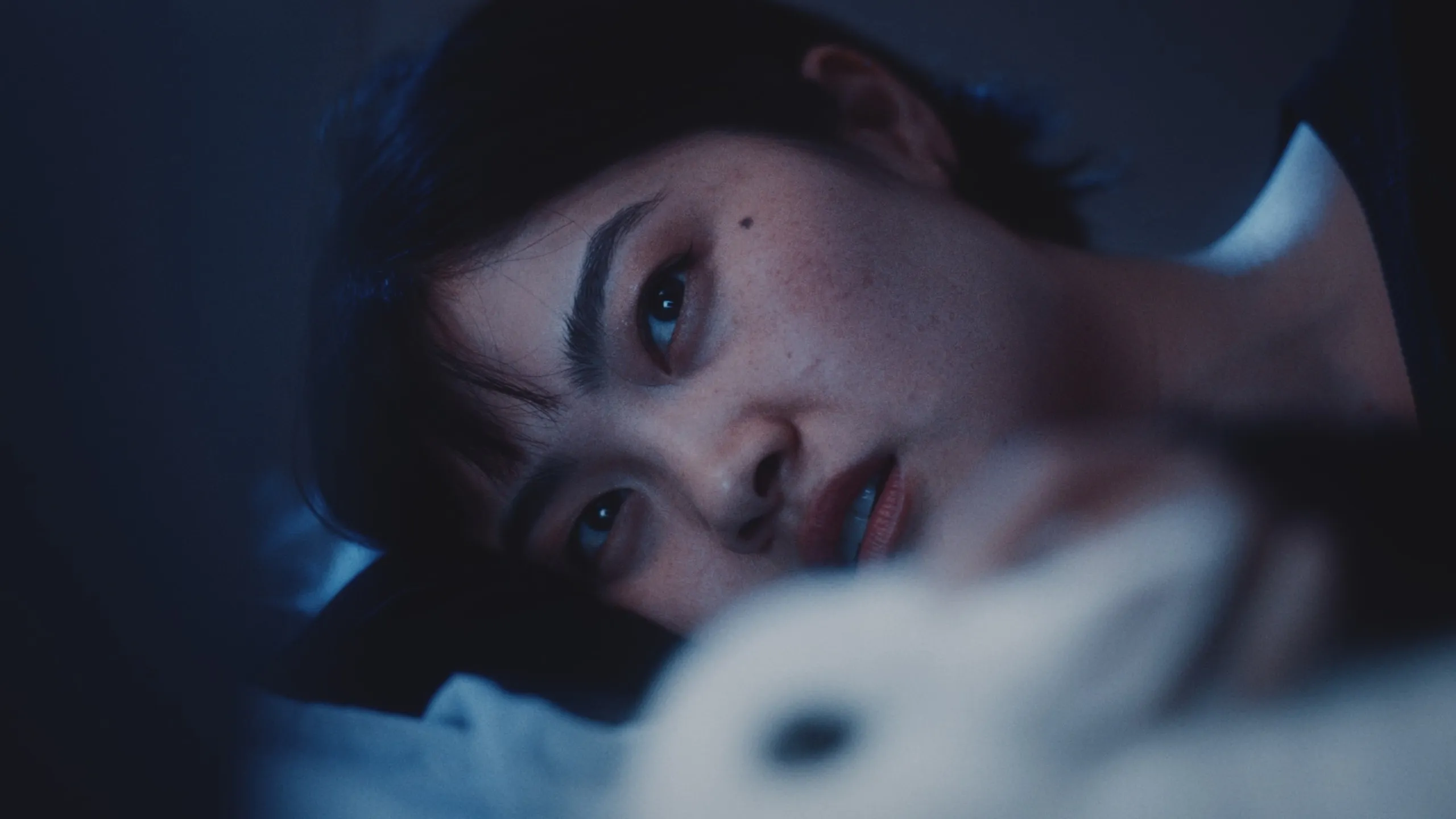Lady Eleanor Goes to Sundance: A Jimpa Review
Nuanced performances, a stirring score, and a vibrant, time-traveling visual world that glimpses into the past weave the vivacious tapestry of this multigenerational family history.
“The truth is that the family's life in the film is largely based on our life, as you might have guessed,” explained director Sophie Hyde in a Q&A that followed the screening.
Jimpa Director and writer Sophie Hyde’s family unites behind and before the lens of this semi-autobiographical film. Beside her, Hyde’s husband Bryan Mason is Jimpa’s producer. Francis, Hannah’s nonbinary child, is played and inspired by Hyde’s child Aud.
Further, Jim, protagonist Hannah’s father, is based on Hyde’s late father. The film narrative sprung from the seed of Hyde’s wish that her father and her child could have spent more time together.
“The truth is for me having my father be someone like Jim, who was provocative and eccentric and really out loud of his politics and an activist and thought really hard and kind of put his body on the line for his ideals and then having a child Aud who has also done the same thing and has had no choice but to do the same thing, has been an amazing thing for me and really expansive in my understanding of the world,” said Hyde.
Jimpa’s exploration of the connection between generations of queer people offered an especially compelling glimpse into the complex intersections of identity and personal history. An unwavering queer activist, an openly gay man living with HIV, a transformative leader in his community, we see in the eulogizing bookends of the narrative and Aud’s starry-eyed performance that Francis idolized their grandfather Jimpa as a trailblazer. And yet in Francis’s faltering smile as Jimpa misgenders them and dialogue where Jim proclaims provocative statements against the younger LGBTQ generation’s understanding of gender and sexuality we see the disconnect that brews in the contrast in Jimpa and Francis’s queer experience and identity.
Hyde’s seamless entwining of contextualizing flashbacks into the narrative craft a family story that transcends time. This family’s unfolding, present-tense story cannot be told without the context of its past. One staggering, time-transcending moment comes when Jim’s many generations of loved ones reminisce on sewing memorial quilts for those lost to the AIDS crisis. Clothes. Art. Condoms. The room celebrates how this tradition pieced together the multitudinous items that represent a life and all its layers to honor those lost. In many ways, the interlaced structure of this filmic narrative remembers personal history in this quilting way–weaving together the many moments, heartfelt and raunchy, inspiring and disappointing, small and giant, that make a person wonderfully complicated.
Further iterating how this film knits an intricate personal history, contradictory truths form a fascinating thread throughout Jimpa. “It felt important that we were exploring the idea that stories are all different for different people. [...] That idea of truth and story and different points of view, and all of them being true at the same time, felt very real,” said Hyde. Hannah and Jim’s relationship becomes the centermost point exploring this theme, as Hannah’s understanding of her parent’s marriage founds the narrative of her upcoming film. Olivia Coleman and John Lithgow’s incredibly nuanced, subtle yet deeply emotional performances pour meaning into Jim’s confession that he didn’t have to leave his family, and Hannah’s insistence that her father left her to become himself.
Hyde’s personal connection to this cinematic narrative infuses a stunning specificity into the tangled truths and intricate dynamics of this family story. And yet it is that unique specificity, those layered, contradictory emotions portrayed with such intention that make Jimpa a human story, able to be resound deeply with all who watch it.
Lady Eleanor Goes to Sundance: A Bunnylovr Review
